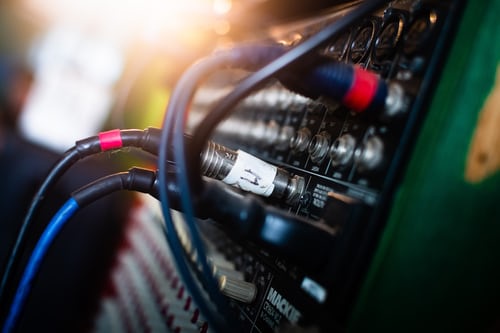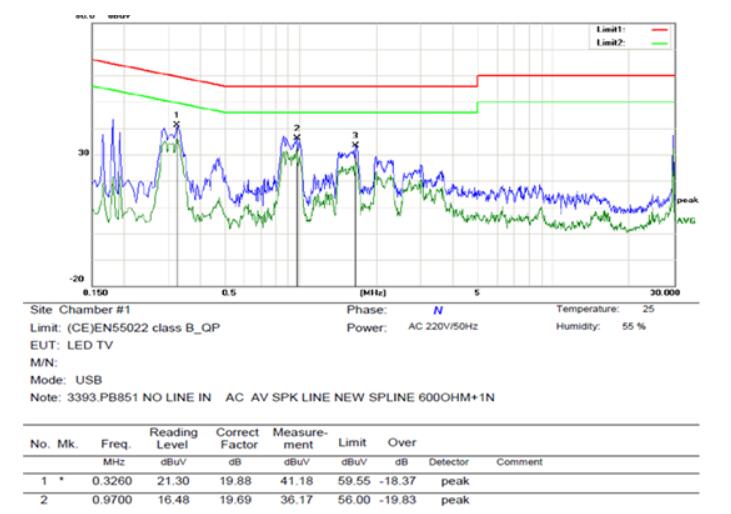Designers often choose Class-D audio amplifiers to drive speakers in a variety of medium-power applications such as televisions (TVs), Bluetooth® speakers, and notebook computers. After all, class D audio amplifiers have less heat dissipation and relatively higher efficiency (in order to prolong battery life) than traditional class AB audio amplifiers. Class D audio amplifiers also have advantages if tight board space is important.
The biggest challenge associated with Class D audio amplifiers is electromagnetic interference (EMI). External inductor-capacitor filtering has traditionally been used to reduce EMI, but this adds cost, footprint, and complexity to the end equipment.
TI has developed several closed-loop amplifiers, including the TPA3110 (released in 2010), which significantly reduces EMI by employing an advanced closed-loop power stage. In addition, TI has just released the TPA3140 Class D audio power amplifier, which includes some innovations that even help deliver true inductor-free performance for speakers with cable lengths up to 1 meter. Such inductorless devices are already in production in LCD TVs, where long speaker cables make meeting EMI requirements a challenge.
edge rate control
One method used to reduce EMI emissions is to reduce the slew rate of the amplifier's output transitions. Because the TPA3140 uses a proprietary high-performance feedback topology, reducing the slew rate does not degrade total harmonic distortion (THD) or audio quality. The fast Fourier transform (FFT) image in Figure 1 shows the reduction in high frequency content at slower edges.
Figure 1: EMI diagrams without edge rate (red) and with edge rate (yellow)
Spread Spectrum Clock
While edge rate control is an effective means of reducing EMI when it occurs in the frequency range above 30MHz, it does not address the fundamental carrier frequency and its associated harmonics (falling into the low in the 30MHz range).
The TPA3140 includes a proprietary algorithm that adds a small amount of frequency modulation to the amplifier's clock circuit. The algorithm does not affect the amplified audio quality, but significantly reduces the peak energy at the switching frequency.
Figure 2 shows the EMI test results for a TV with speaker cable lengths approaching 1 meter. The red line is the quasi-peak limit and the green line is the average limit.



Comments (1)